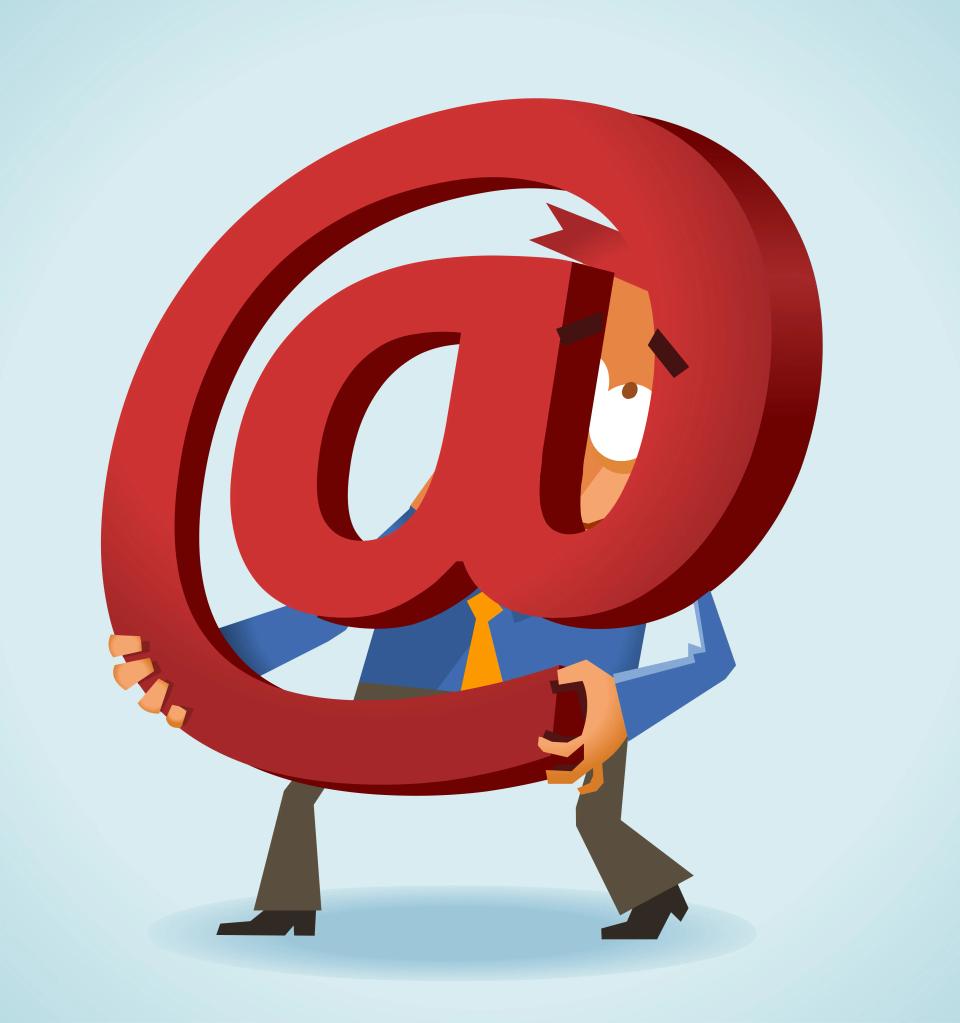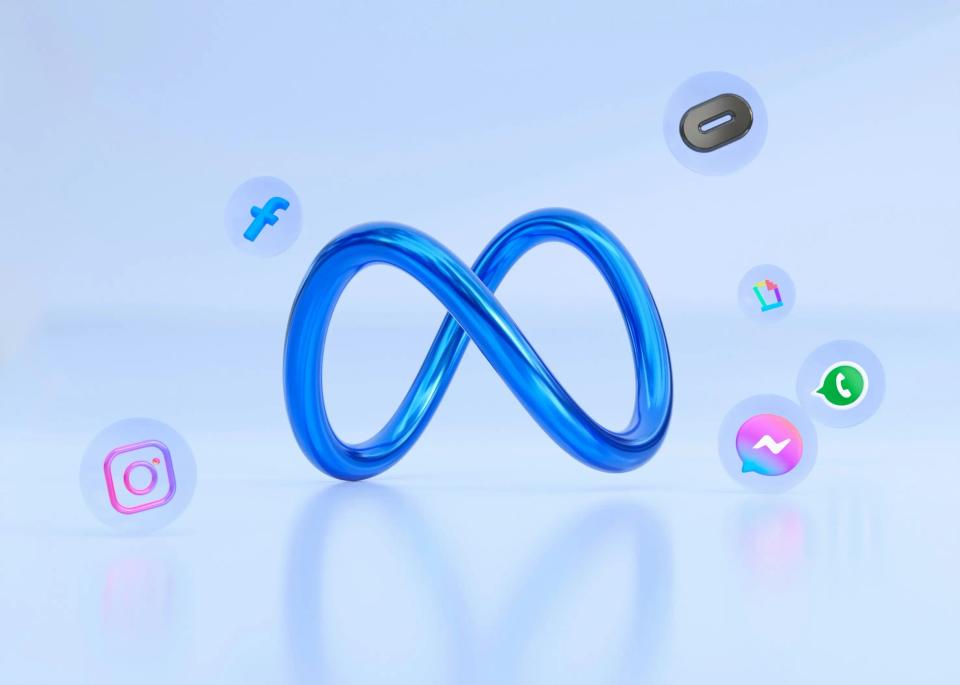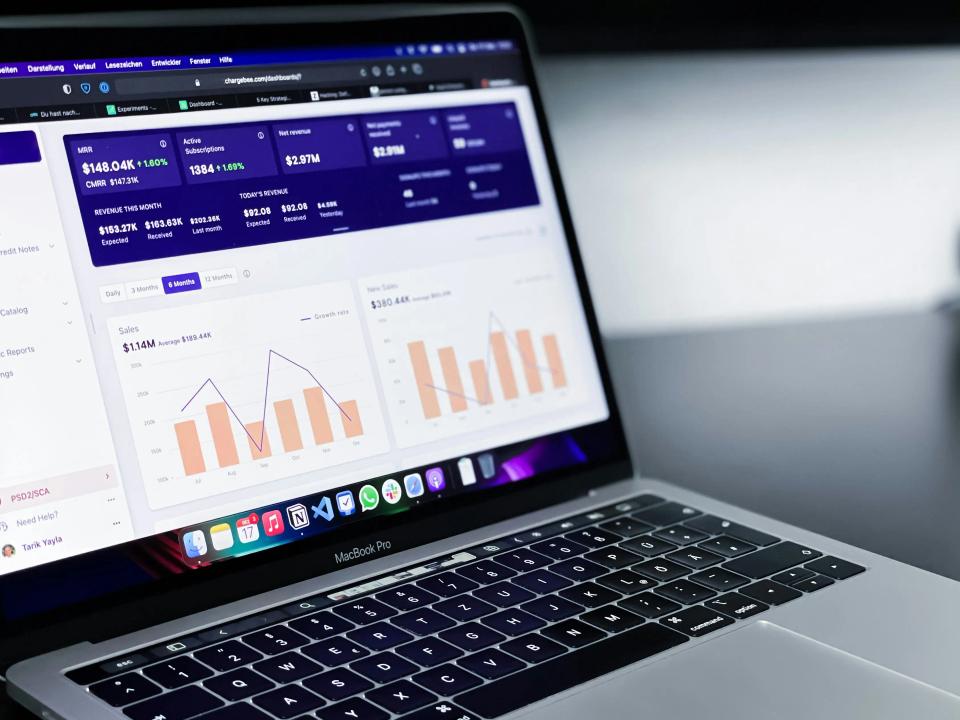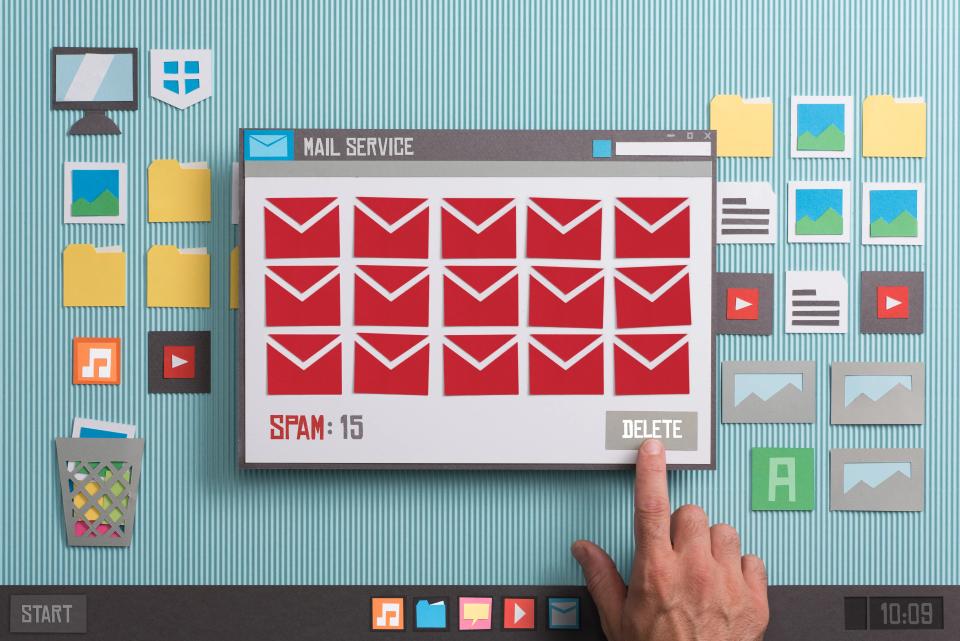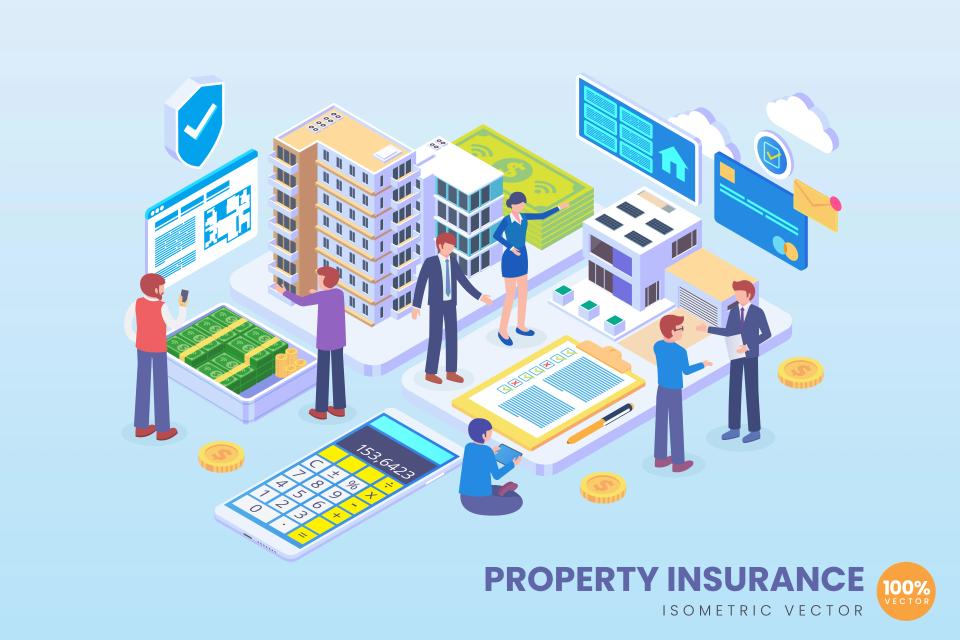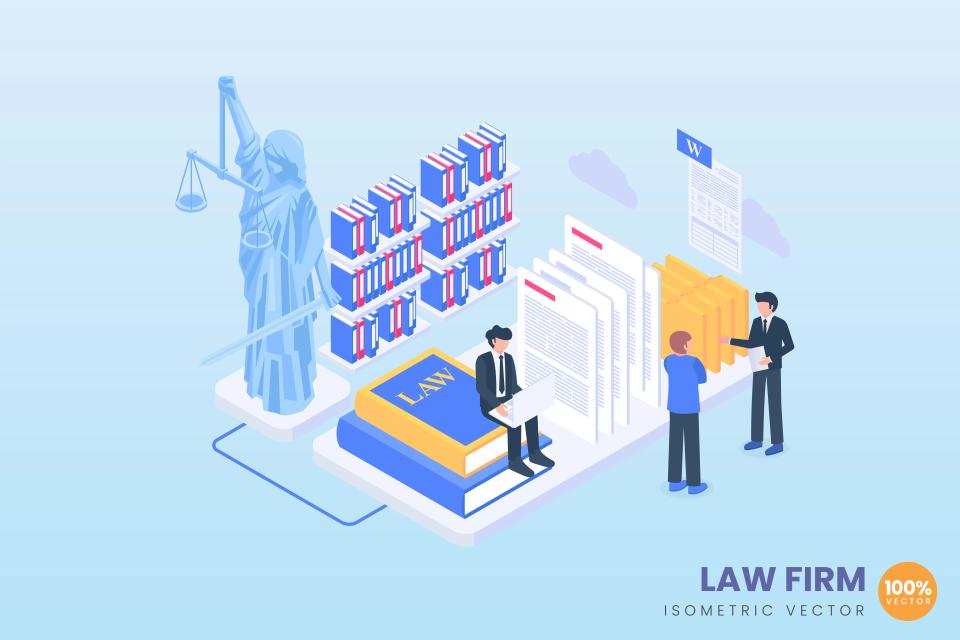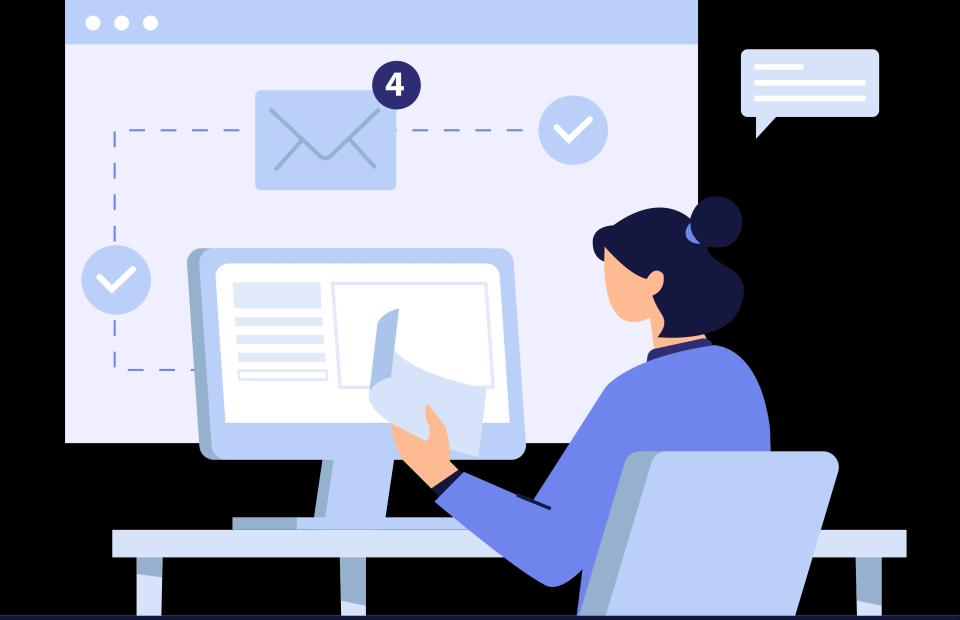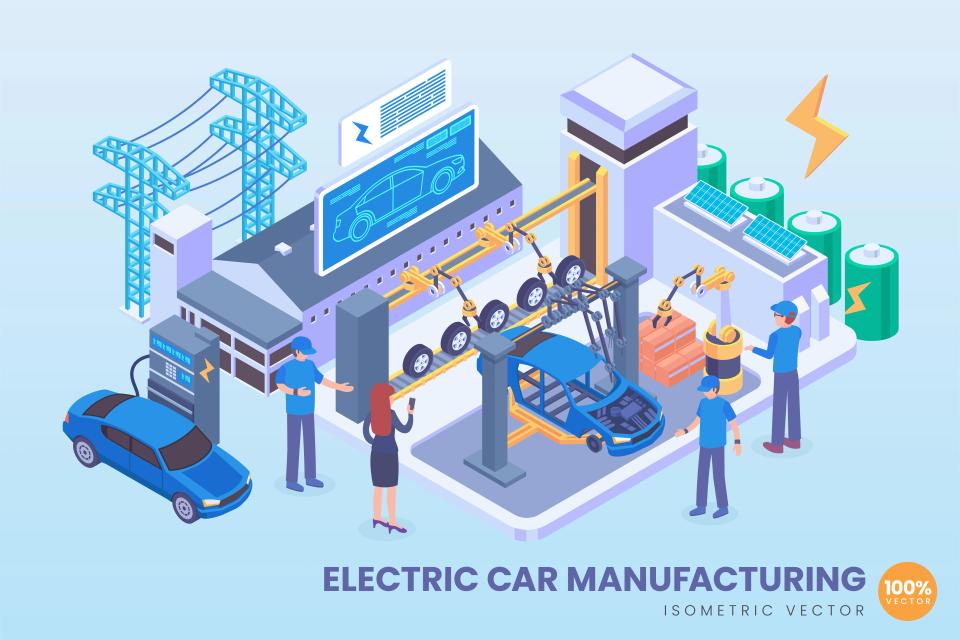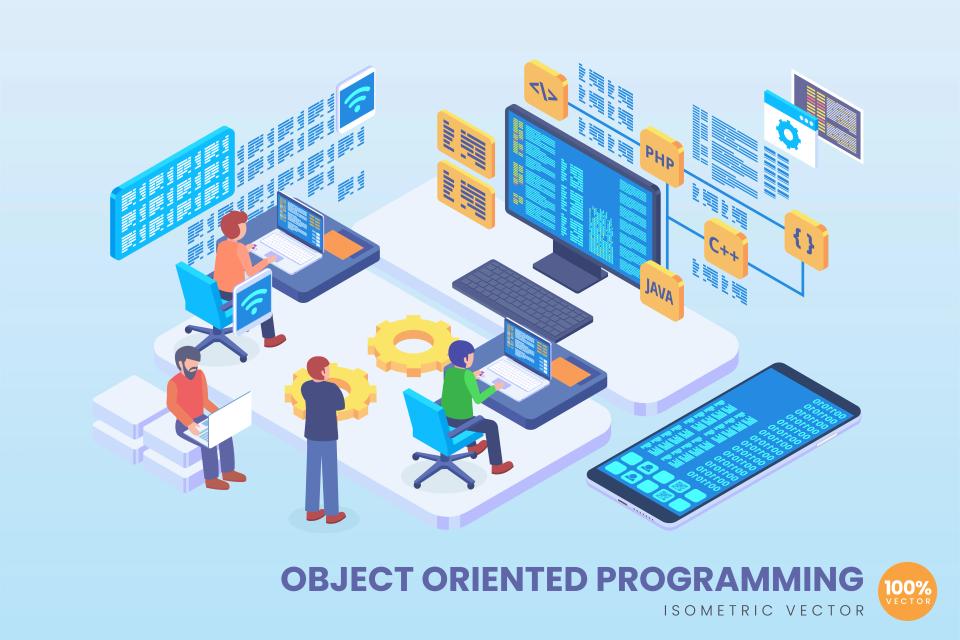You know the feeling. You’ve identified your perfect niche. You know exactly who your ideal customer is—the Head of Innovation at a mid-sized biotech firm in Scandinavia. So why are your LinkedIn Ads still generating leads from students and entry-level marketers?
You’re pouring money into the world’s most powerful B2B platform, yet the results feel frustratingly generic. Every irrelevant click is a drain on your budget, a waste of potential, and a step away from the high-value clients you’re built to serve. This isn't just inefficient; it's a slow bleed that kills profitability in high-stakes niche markets where every lead counts.
This article is the antidote. Forget the basic advice you’ve read a dozen times. We're handing you the advanced playbook for hyper-specific LinkedIn ads strategies that transform your campaigns from a wide, hopeful spray into a surgical, profitable strike. By the end, you will know how to reach your exact audience, craft messages that demand a response, and finally maximize the ROI of every single dollar you spend.
Why Hyper-Specificity is Non-Negotiable for Niche B2B
In the world of niche B2B marketing, volume is a vanity metric. Your goal isn’t to reach everyone; it’s to reach the right one. Hyper-specificity isn’t a "nice-to-have" tactic—it is the fundamental principle that separates wildly profitable campaigns from expensive failures.
When you stop paying for clicks from unqualified audiences, you immediately slash wasted ad spend. According to AgencyAnalytics, one of the most effective ways to lower your LinkedIn ad costs is to improve your audience targeting, ensuring your budget is only spent on prospects who can actually become customers. This isn't just about saving money; it's about reallocating it for maximum impact.
This precision directly fuels your sales pipeline with genuinely qualified leads. You start reaching the actual decision-makers, the ones who feel the pain your solution solves and have the authority to write the check. A message tailored to "CFOs in the SaaS industry" will always crush a generic one, leading to higher conversion rates and a shorter sales cycle. This is how you stop being just another vendor and start building authority as the go-to expert in your specific vertical.
The Foundation: Advanced Audience Segmentation for Niche Markets
This is where the real magic happens. We’re moving far beyond basic targeting like "Job Title" and "Industry." True ROI is found in the layers, where you combine attributes to create a profile so precise it feels like you’re targeting a single person.
Layering Targeting Attributes with "AND/OR" Logic
The power of LinkedIn’s Campaign Manager lies in its "AND/OR" logic, allowing you to stack targeting criteria to build a hyper-specific audience. Instead of targeting anyone with a certain job title, you can demand that they also work in a specific industry and at a company of a certain size. This is how you filter out the noise and isolate your ideal buyers.
Imagine you sell compliance software. You could create an audience like this:
(Job Title: "Chief Financial Officer" OR Job Seniority: "C-Suite")
AND
(Industry: "Financial Services" OR Industry: "Insurance")
AND
(Company Size: "51-200 employees")
This simple combination ensures you’re only speaking to top-level financial decision-makers in relevant industries at companies that fit your ideal customer profile. It’s the first and most crucial step in any hyper specific LinkedIn ads strategies.
Unlocking Underused Targeting Options
Beyond the basics, LinkedIn offers powerful targeting options that most advertisers overlook. Targeting by Member Skills allows you to reach users based on the specific skills they list on their profile, like "SaaS Billing" or "Cybersecurity Auditing." This is incredibly potent for niche tech or consulting services.
Another goldmine is targeting by Member Groups. You can serve ads to members of highly specific, niche LinkedIn Groups like "Fintech Professionals" or "Renewable Energy Network." These are communities of passionate individuals actively discussing the very topics you specialize in. Furthermore, Company Follower Targeting lets you reach followers of key industry companies—or even your direct competitors.
The Ultimate Power Move: Matched Audiences
The pinnacle of precision is Matched Audiences. This is where you stop asking LinkedIn to find your audience and start telling it exactly who to target. This is the core of any serious niche market LinkedIn advertising effort and a key component of modern B2B advertising strategies that maximize impact.
With Contact Targeting, you can upload a list of emails from your CRM to nurture existing leads or re-engage past customers. But the real game-changer for niche B2B is Company Targeting. You can upload a list of specific companies you want to win, forming the foundation of a powerful Account-Based Marketing (ABM) campaign.
CaptivateClick Insight: Pro-Tip: Use LinkedIn Sales Navigator to build your ideal target account list first. The advanced filtering allows you to create a highly qualified list that you can then upload directly into Campaign Manager for surgical precision.
Crafting Ad Creative and Copy That Speaks Their Language
Targeting the perfect audience means nothing if your message is wrong. A generic ad served to a hyper-specific audience is like a world-class surgeon using a butter knife—the tool is simply not right for the job. Your creative and copy must prove you are an insider who understands their world.
Speak to a Single Pain Point
Your audience is busy and distracted. Don't try to tell them everything your product does in a single ad. Instead, focus on one, specific, and deeply felt pain point that your niche audience faces every single day.
For example, instead of a vague benefit like "We improve efficiency," get specific and tangible. Try something like, "We cut Q4 reporting time for finance teams by 40%." This speaks directly to a known headache and offers a concrete, desirable outcome.
Use Niche-Specific Jargon and Imagery
Nothing builds trust faster than showing you belong. Use the terminology, acronyms, and jargon they use in their daily work. This signals that you are not an outsider but a specialist who truly understands their industry.
The same principle applies to your visuals. Ditch the generic stock photos of smiling people in boardrooms. Use images or videos that reflect their actual work environment, showcase your product in a familiar context, or feature faces they might recognize from their industry. This authenticity is critical for crafting high-impact strategies across platforms and building a strong brand connection.
Choosing the Right Ad Format for Your Niche
LinkedIn offers a variety of ad formats, and choosing the right one can dramatically improve your results. For high-value niche audiences, Document Ads are perfect for sharing detailed whitepapers, technical guides, or compelling case studies. They position you as a thought leader by offering tangible value upfront.
Video Ads, especially short, direct-to-camera messages from your CEO or a subject matter expert, are unparalleled for building trust and humanizing your brand. Finally, Single Image or Carousel Ads are ideal for showcasing specific results, powerful testimonials, or key features that directly address your audience's primary pain point. According to Zapier, aligning your ad format with your campaign objective is a crucial step toward maximizing your ROI.
Smart Budgeting and Bidding for Small, High-Value Audiences
Bidding for a niche audience of 5,000 decision-makers is a completely different game than bidding for a broad audience of 500,000. Your strategy must be nimble, intelligent, and focused on long-term value, not short-term clicks.
CPC vs. CPM
For small, highly-targeted audiences, your choice between CPC (Cost Per Click) and CPM (Cost Per 1,000 Impressions) is strategic. While CPC is often the default for direct response, CPM can be more cost-effective for building awareness and staying top-of-mind within a small, defined group. If your goal is to dominate a niche, ensuring every key player sees your brand (CPM) can be just as valuable as getting them to click (CPC).
The Importance of a Test Budget
Never go all-in on an unproven campaign. Start with a small, controlled budget to test your audience, creative, and offer. This allows you to gather real-world data on what resonates without risking a significant portion of your marketing spend. Think of it as a low-cost intelligence-gathering mission before you launch the main assault.
Focus on Cost-Per-Qualified-Lead, Not Just Cost-Per-Click
This is the most important mindset shift for achieving massive ROI LinkedIn campaigns. A $25 click that goes nowhere is an expense. A $25 click that turns into a $10,000 client is one of the best investments you can make. As one expert demonstrated, a hyper-focused LinkedIn strategy can generate over $8 million in pipeline from just $30k in ad spend. You must look at the entire funnel and measure the metric that truly matters: the cost to acquire a customer.
Measuring What Matters: Tracking and Optimizing for Success
Data is your guide. Without accurate tracking, you’re flying blind, making decisions based on gut feelings instead of hard evidence. To truly optimize your hyper-specific strategy, you need to measure what matters.
Install the LinkedIn Insight Tag
This is non-negotiable. The LinkedIn Insight Tag is a piece of code you place on your website that allows you to track conversions, retarget website visitors, and unlock rich demographic data about your audience. Without it, you have no reliable way to know if your ads are actually driving business results.
Key Metrics to Watch
While LinkedIn provides dozens of metrics, only a few are critical for measuring the success of a niche campaign. Your Click-Through Rate (CTR) tells you if your ad creative and copy are resonating with your audience. Your Conversion Rate shows if people are taking the desired action on your landing page. Most importantly, your Cost Per Conversion/Lead is the ultimate measure of campaign efficiency and ROI.
A/B Testing for Niche Audiences
Even with a small audience, you can and should be testing. The key is to test one variable at a time. Test Headline A vs. Headline B, or Image A vs. Image B. While you may not achieve statistical significance quickly, you will gather crucial directional data on what messaging works best, allowing you to continuously refine your approach and improve performance over time. This process of testing and optimization is fundamental to generating a predictable pipeline of high-quality B2B leads.
Conclusion: From Broad Strokes to a Surgical Strike
We’ve moved beyond the basics. You now have the framework to stop wasting money on broad, ineffective campaigns and start executing with surgical precision. By layering advanced audience attributes, crafting niche-specific messaging that resonates, and focusing on ROI-driven metrics, you can transform LinkedIn from a frustrating expense into your most powerful lead generation engine.
These hyper-specific LinkedIn ads strategies are not just a clever tactic; they are essential for any B2B company determined to win in a competitive niche market. It’s the difference between shouting into a crowd and whispering in the ear of your perfect customer.
Executing these advanced strategies takes time, data, and deep expertise. If you're ready to stop guessing and start generating high-quality B2B leads in your niche, CaptivateClick can help. Schedule a free, no-obligation LinkedIn Ads Strategy Call with our experts today.


